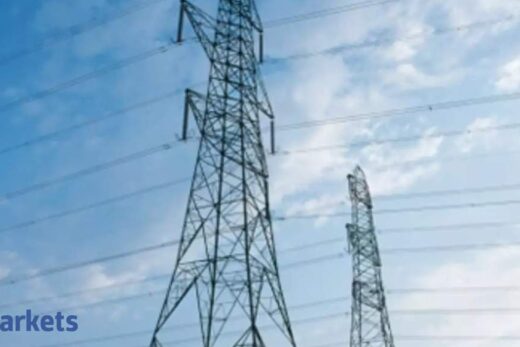Monetisation is the third unconventional alternative for governments to raise funds other than borrowing and raising revenue through tax and divestment. Monetisation occurs when the central bank buys bonds directly from the government. It is called ‘money printing’ as new money is created (not necessarily banknotes) without a corresponding increase in nominal GDP.
Why are people calling for it?
A huge economic stimulus & relief programme is required to combat the damage done by Covid. Since there is severe distress and destruction of demand, distributing money can alleviate pain. Monetisation is getting support because only the government is in a position to bring relief to distressed citizens & small businesses, but it does not have any room to raise funds.
Who is supporting monetisation?
Even before the pandemic there has been a lot of debate on modern monetary theory (MMT), particularly in the US where it gained support among Left-leaning politicians. Proponents of MMT argue for expansionary fiscal policy, by monetising the deficit, until the economy reaches full employment. India has in the past used deficit financing when it had no other source of funds.
What are the risks?
Deficit financing leads to runaway inflation and risks loss of faith among foreign investors. Besides providing temporary relief, deficit financing is advocated to enable households and businesses get out of their funk, but if it gets out of hand it could lead to financial instability as seen in Zimbabwe and Venezuela.



